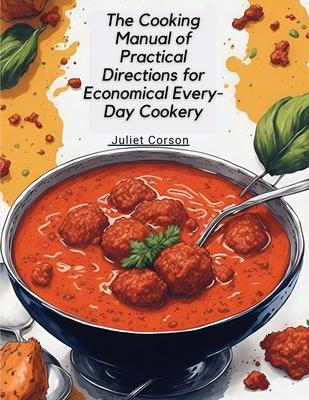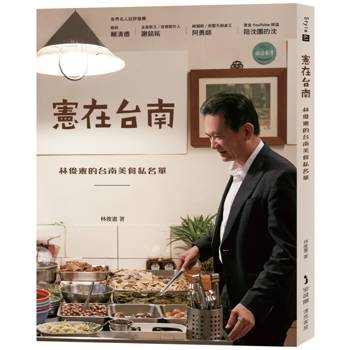This book is intended for the use of those housekeepers and cooks who wish to know how to make the most wholesome and palatable dishes at the least possible cost. In cookery this fact should be remembered above all others; A GOOD COOK NEVER WASTES.
It is her pride to make the most of everything in the shape of food entrusted to her care; and her pleasure to serve it in the most appetizing form. In no other way can she prove her excellence; for poor cooks are always wasteful and extravagant. Housekeepers can safely make this book a guide for those of their cooks who are willing to learn new and good methods of cooking familiar foods.
Lest it should be said that undue preference is given to foreign ways of cooking, the author begs her readers to remember how much of the success of any dish depends upon its taste; if it is well-flavored, and palatably seasoned, the eaters of it do not closely criticise its component parts. It is just there that benefit is derived from European culinary skill; the judicious use of a few inexpensive sweet herbs, and savory sauces, will raise a side dish, made from the cheapest cut of meat, in gustatory excellence far above a badly cooked porterhouse steak, or a large but poorly flavored roast.
Because the art of utilizing every part of food is eminently French, the NEW YORK COOKING SCHOOL plan has been to adapt foreign thrift to home kitchen use.
To provide enough at each meal; to cook and serve it so as to invite appetite; to make a handsome and agreeable dish out of the materials which the average cook would give away at the door, or throw among the garbage; all are accomplishments that our American wives and daughters will be glad to learn from their European sisters.












